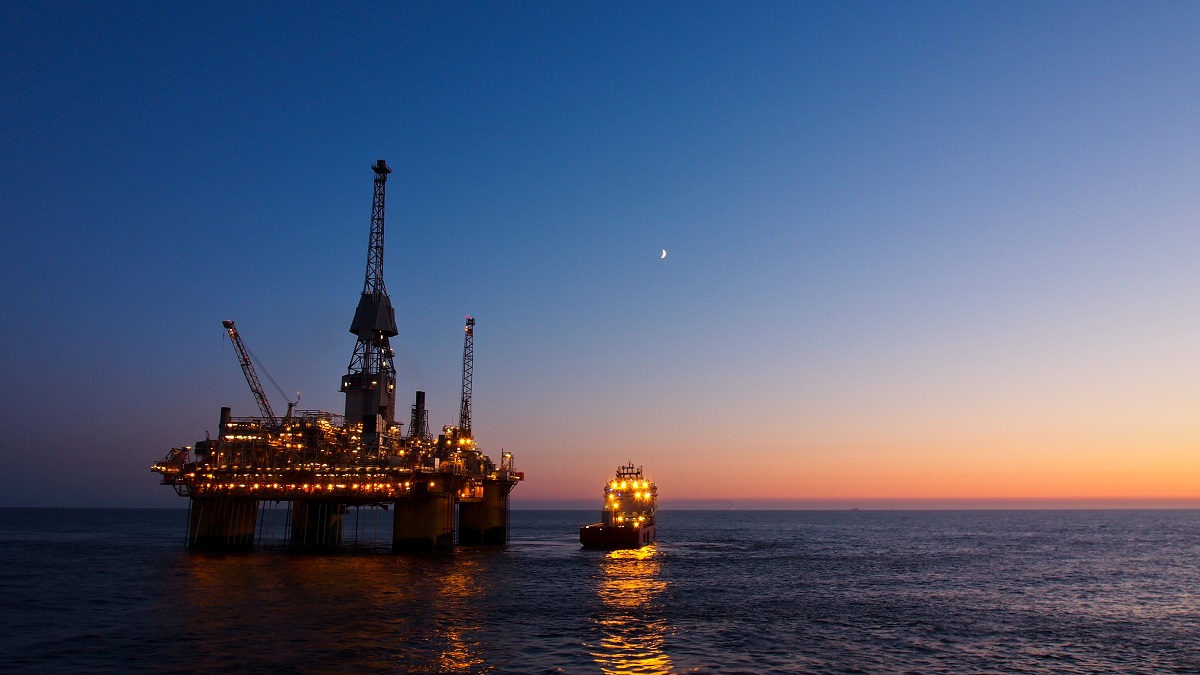Infrastructure-Led Exploration Reducing Offshore Pipeline Demand
HOUSTON (P&GJ) — Shell's announced plan to develop the PowerNap deepwater project in the U.S. Gulf of Mexico reflects a broader trend toward "infrastructure-led exploration" that weakens demand for the construction of new subsea export pipelines.

Recent exploration shows majors have adopted a complementary strategy of pursuing both traditional large prospects and infrastructure-led exploration. The overall trend, however, is toward longer subsea tie-backs to existing infrastructure, according to Michael Murphy, Gulf of Mexico research analyst for Wood Mackenzie.
Shell’s final investment decision for PowerNap reflects a "trend of majors embracing subsea tie-backs that offer quicker paths to first oil and attractive returns," Murphy said.
Further illustrating the deepwater Gulf of Mexico trend, Shell brought the Kaikias subsea tie-back online in 2018, and BP's Nearly Headless Nick tie-back is expected to come online by the end of 2019, just a year after its discovery.
“With internal rate of returns above 30% and development breakeven in the low-to-mid US$30’s, the sanctioning of subsea tie-backs is proving that deepwater can compete with tight oil,” Murphy said.
WoodMac estimates development breakeven for Shell's PowerNap and Kaikias programs to be in the "low US$30’s per barrel.”
Related News
Related News

- Keystone Oil Pipeline Resumes Operations After Temporary Shutdown
- Biden Administration Buys Oil for Emergency Reserve Above Target Price
- Freeport LNG Plant Runs Near Zero Consumption for Fifth Day
- Enbridge to Invest $500 Million in Pipeline Assets, Including Expansion of 850-Mile Gray Oak Pipeline
- Williams Delays Louisiana Pipeline Project Amid Dispute with Competitor Energy Transfer
- Evacuation Technologies to Reduce Methane Releases During Pigging
- Editor’s Notebook: Nord Stream’s $20 Billion Question
- Enbridge Receives Approval to Begin Service on Louisiana Venice Gas Pipeline Project
- Mexico Seizes Air Liquide's Hydrogen Plant at Pemex Refinery
- Russian LNG Unfazed By U.S. Sanctions




Comments